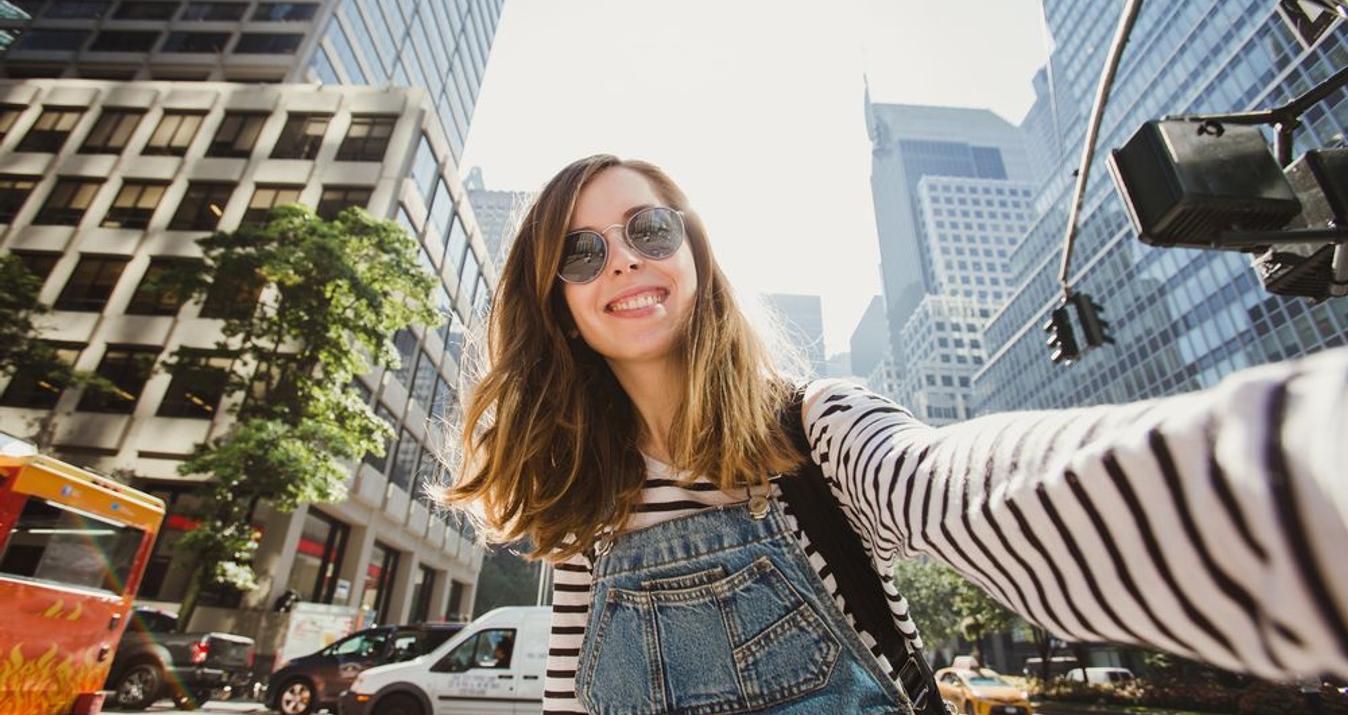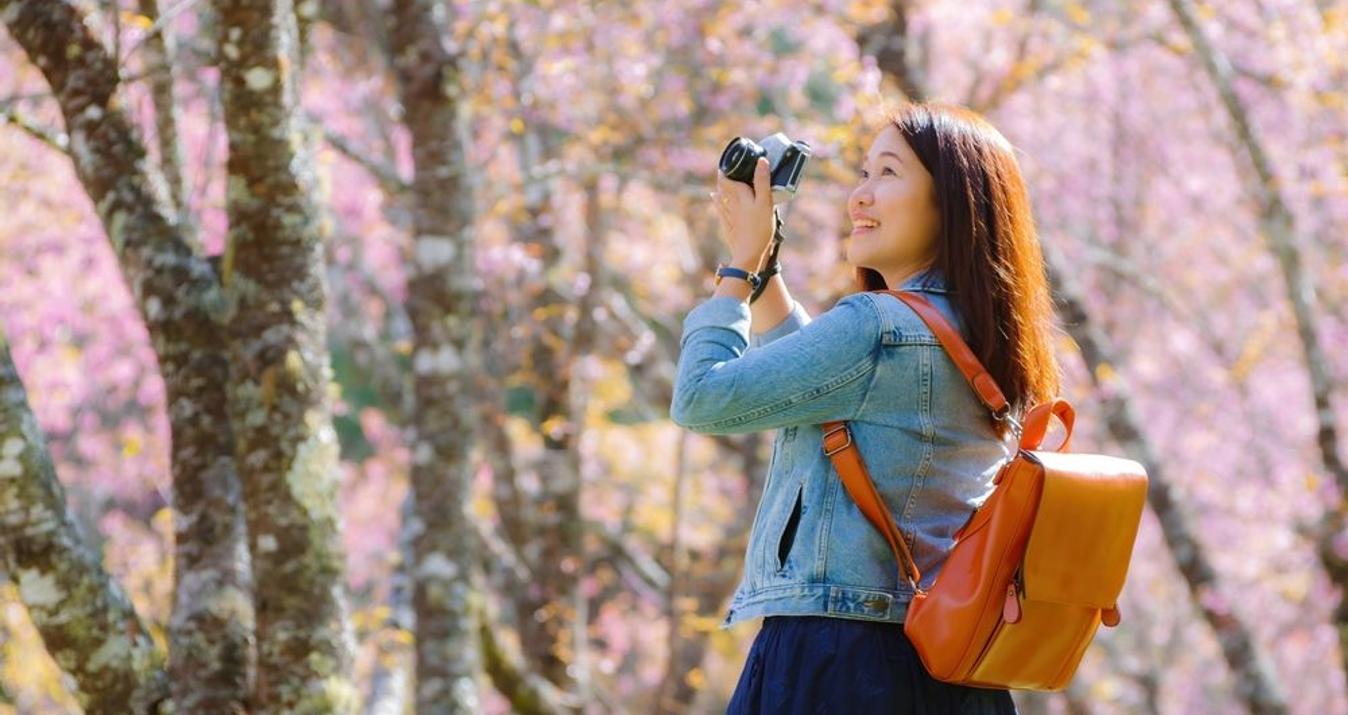Learn why you should take advantage of the Raw workflow by Derrick Story
 Images by © Derrick Story
Images by © Derrick Story
When I think about the differences between Raw photos and JPEGs, cake comes to mind. While that may seem a little strange at first, here’s why.
When you capture an image in the JPEG format, the batter is mixed and the cake is baked. The recipe is provided by the camera manufacturer, as well as the length of time in the oven. It’s like going to the store and picking one off the shelf.
There’s nothing wrong with that. We’ve all done it.
But shooting in Raw offers you many more options and controls. This time all of the ingredients are placed in bowl, packaged up nicely, and waiting for you in the kitchen (which is really your computer running Luminar).
First, you get to adjust the ingredients. I recommend the RAW Develop filter that lets you change the proportions of the mix. Then it’s off to the oven. If you want it very moist, cut down on the baking time. If you like it a bit firmer, leave it in 3 minutes more. Now you’ve produced a cake according to your tastes. And if it’s a success, you can use your recipe over and over again.
Technical Superiority As Well
So let’s get to the numbers when comparing Raw files and JPEGs. When the camera is baking your JPEG, it actually throws away some of the ingredients, known as bit depth. JPEGs come out of the oven at 8 bits. And to be perfectly honest, that’s fine, as long as you’re not interested in editing the file. That 8-bit picture contains a maximum of 16.8 million tones.
That sounds like a lot at first. But if you were to capture the same image in Raw at 12 bits, you would have a maximum of 68 billion tones to work with. This allows you to make far greater changes in exposure and color when you’re processing the file. And for some photos, we need every advantage we can get.
While it may sound like a little difference, just 2 or 4 bits more, it really does matter More bits mean smoother gradients in the skies and richer details in the shadows Now that many printers can support 16-bit color and even computer and mobile displays have moved into richer color, these extra details really matter.
But things get even more interesting. JPEGs use lossy compression to reduce the file size. So every time you edit a JPEG, then save it, it recompresses the image discarding more visual information. I’m not exaggerating when I compare this to putting the cake back in the over after it has cooled. “Let’s bake it some more!” Hmmm…
The gist of this is that if your capture is spot on, then JPEGs can look great. But if you want to make adjustments later on, Raws are far better Since you already believe in editing your images in Luminar, why not give it the best input file to start with A Raw file has easily 10 times more information than a JPEG and makes it that much easier to get great results when editing.
Adjustments Where Raws Shine
In addition to the Develop filter, here are other adjustments where I notice that Raw files respond to edits better than JPEGs:
- Tone
- Advanced Contrast
- Exposure
- Highlights / Shadows
That’s not to say that other filters aren’t as effective, but these really shine with Raws. As an example, let’s take a look at my favorite Raw edit, Highlights / Shadows.
 After a simple Highlights / Shadows adjustment, this Raw file begins to take shape.
After a simple Highlights / Shadows adjustment, this Raw file begins to take shape.
 The JPEG version doesn’t fare quite as well. Adjusting the highlights, for example, just makes them more gray.
The JPEG version doesn’t fare quite as well. Adjusting the highlights, for example, just makes them more gray.
If you look closely at how both images respond to the same Highlights / Shadows settings, you’ll see a number of subtle differences. Instead of reclaiming highlight detail in the clouds as in the Raw file, the JPEG turns them a dull gray. Plus, the tree line has better contrast in the Raw, and there’s more detail.
And there are Raw advantages when using other filters.
Making color adjustments are another benefit of working in Raw. In the sunglasses image, I wanted to change the hue of the image. Not a big deal, but I like the correction better. And since I was working in Raw, I didn’t have to recompress the photo afterward, losing more data just because the color was a bit off in the original. In fact Raw files have much more flexibility for all color adjustments as things like white balance haven’t been permanently set and color data was not discarded like a JPEG.
 Why should I have to pay a quality price for a simple color adjustment? I don’t have to with Raw files.
Why should I have to pay a quality price for a simple color adjustment? I don’t have to with Raw files.
And how about those times when you want to return to the image and work on it some more? When you use the “Save” command in Luminar, you have the option to “Save original resources to Document”. By checking that box, you can include the original Raw in the native file bundle. This allows for maximum quality all through the workflow.
 Check the “Save original resources to Document” to include the original Raw in the file bundle.
Check the “Save original resources to Document” to include the original Raw in the file bundle.
The downside to the Raw workflow is larger files. My “highest quality” JPEGs take up about 8 MBs on the camera’s memory card. That’s using the Superfine setting on an Olympus E-M1 Mark II. The corresponding Raw file is 17 MBs, a little over twice as big. (Your mileage will vary depending on camera and settings.) The point is, Raw files do take up more space. But it’s a tradeoff I’m more than willing to make.
Have Your Cake and Eat it Too
My recommendation is to be aware of the advantages of the Raw workflow, and choose that approach for those shoots when you want to get the most out of your images. Most of the time, I shoot Raw, this gives me the most control and the best results in Luminar.
And for the other times, it’s OK to choose JPEGs as well These can work especially for daylight action photography where you will be capturing lots of frames in burst mode Although with many newer cameras, the burst speed in Raw is catching up and should still be considered.
But when I want everything just right, I choose Raw. It’s awesome! After all, memory cards are cheap… but missing out on a photo is awful Shoot Raw, the flexibility and control are completely worth the bigger memory card.
A Special Perk for Our Blog Readers
Get a 10% discount on Luminar Neo and dive into professional photo editing today!
Thank you for subscribing.
Your gift is waiting in your inbox!











